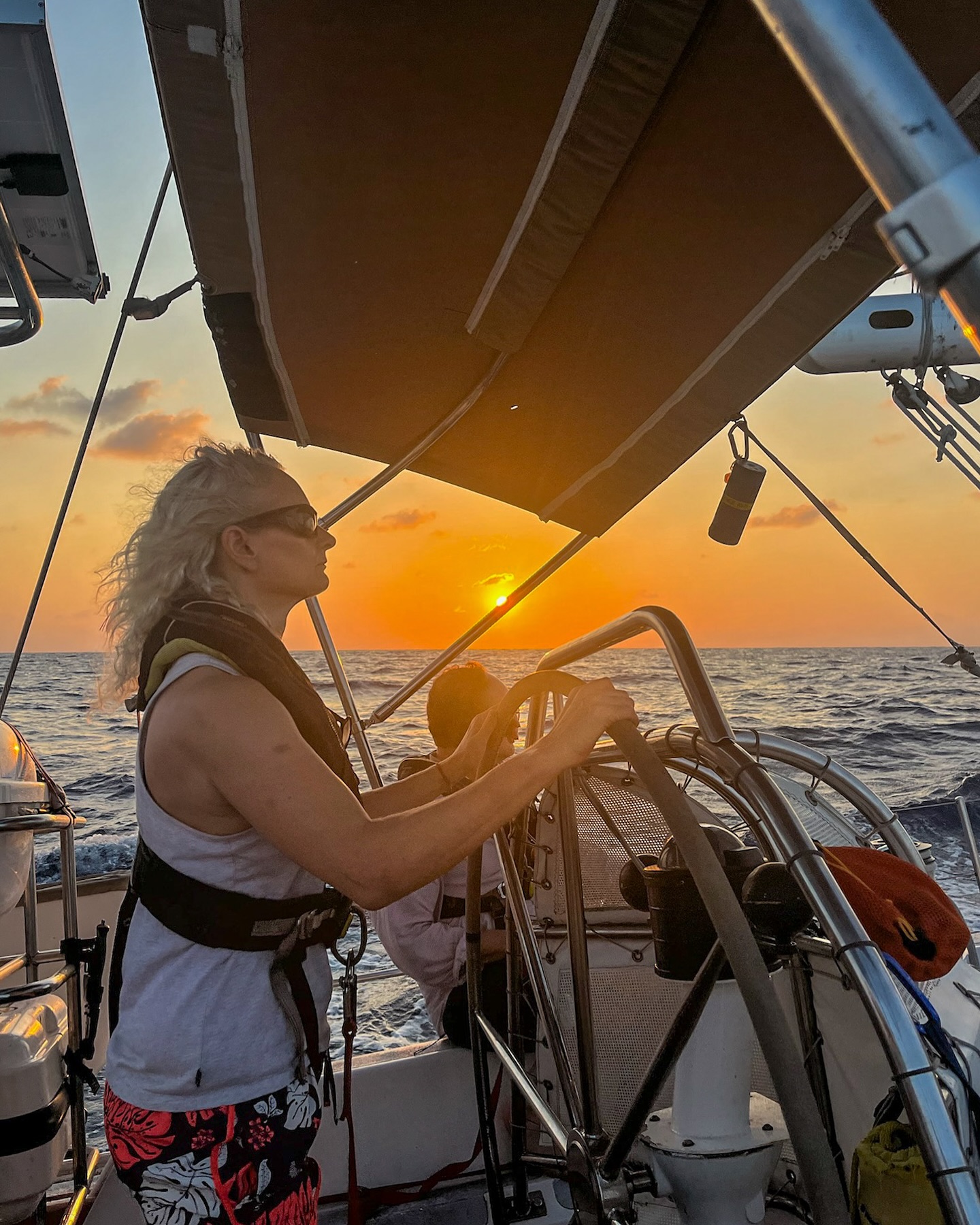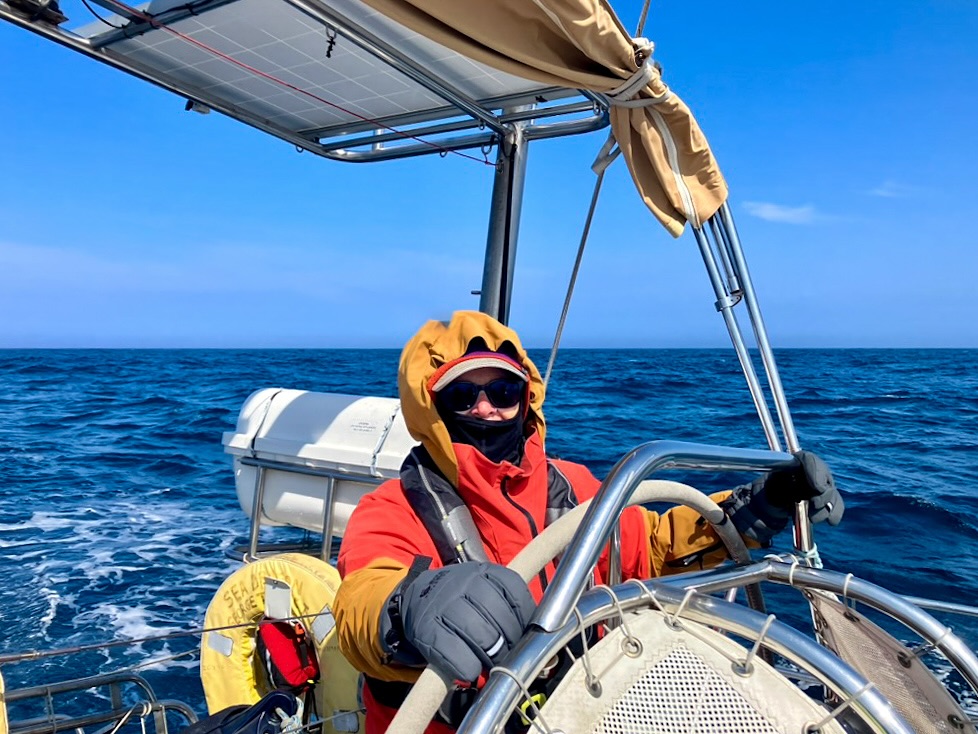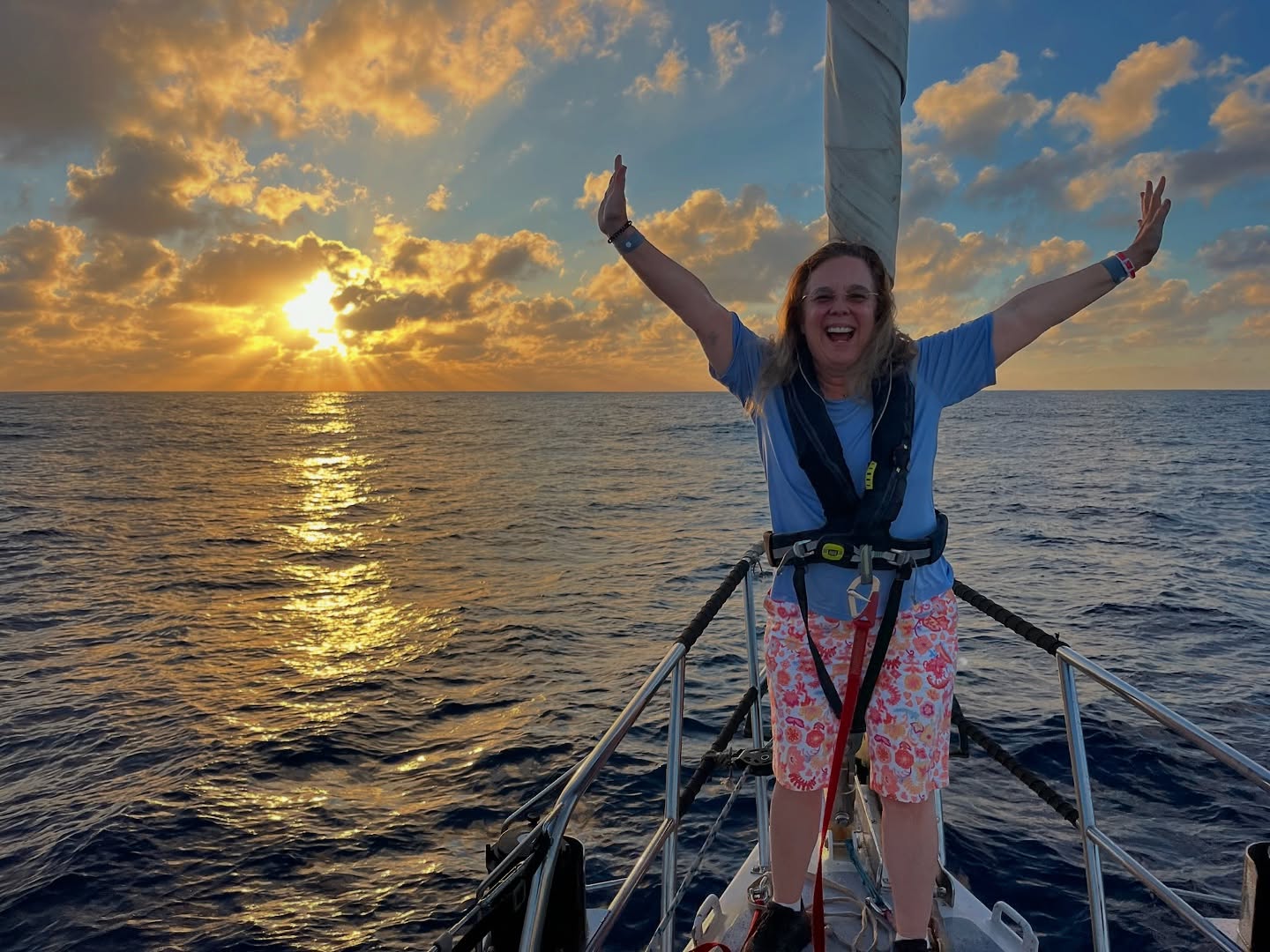
Jeff Larson has seen just about everything wash up on the shores of Santa Cruz: bottles, toys, shotgun shells, busted surfboards and fishing floats that looked like they had bobbed across the Pacific.
When surging water driven by the magnitude 9.0 earthquake in Japan tore apart his city’s harbor, he was there to scoop up the splintered docks and broken boats that were heaved onto the sand.
Now, more than a year after the catastrophe in Japan, Larson and fellow beachcombers up and down the West Coast are awaiting the flotsam that was set on a eastward course by the destructive surge of water.
GRAPHIC: Japan tsunami debris adrift
Fishing floats, soccer balls, fuel tanks and crewless fishing vessels set adrift by the tsunami and pushed thousands of miles across the ocean by currents and winds are already arriving on American shores.
But this is not just driftwood. These fragments of people’s lives are floating reminders of a great tragedy: The March 11, 2011, earthquake that unleashed tsunami waves over 100 feet high killed more than 16,000 people, obliterated coastal communities and swept millions of tons of material out to sea.
So as scientists track the debris, the government prepares for its arrival and expeditions sail to the middle of the ocean to meet it, Larson will patrol his adopted beach with a five-gallon bucket and a grab stick, the tsunami on his mind.
“I’ll be looking for any signs of foreign material,” the volunteer with beach cleanup group Save Our Shores said, “and reporting it to anyone who cares.”
From Alaska to Northern California, beachcombers are reporting a growing influx of aerosol cans, fishing floats and plastic fuel cans swept from Japan.
There was a soccer ball with Japanese writing discovered in March on a remote Alaskan island and traced to a 16-year-old boy in Japan. In early April, the U.S. Coast Guard had to use explosives to sink a so-called ghost ship — a 164-foot Japanese fishing vessel drifting through the Gulf of Alaska.
A corroded Harley-Davidson motorcycle packed in a container washed up on a Canadian island. The owner, located through the bike’s license plate number, had lost three family members in the tsunami, Japanese media reported. Although currents along the California coast may deflect much of the debris back toward Hawaii, environmental groups as far south as San Diego are monitoring their shores just in case.
In all, more than 200 bottles, cans, buoys and floats have been reported to the National Oceanic and Atmospheric Administration. None of the debris is considered radioactive since it was dragged to sea before the nuclear disaster.
But the agency has verified just a few traceable items as tsunami debris. Much of the rest, officials say, is items so commonplace they can’t be distinguished from the flotsam that makes landfall every day.
“We have debris washing up on the shore all the time from Japan, China and other places and they probably have ours,” says Nir Barnea, West Coast coordinator of NOAA’s marine debris program.
Others say the U.S. government is downplaying the size and significance of the approaching debris.
“Unfortunately 99.999% of debris doesn’t come with a label,” retired Seattle oceanographer Curtis Ebbesmeyer said. “Lawyers want something with a street number or a boat name on it. Flotsam isn’t like that, so basically you can’t positively track anything back to Japan.”
Ebbesmeyer, who compiles reports from West Coast beachcombers on his blog, has tallied at least 500 foam and plastic floats and fuel cans that have shown up from Japan since October. He said that’s roughly 167 times the normal rate.
“They all started arriving at once from Kodiak, Alaska, to Northern California, and that’s very indicative of a disaster,” he said.
























